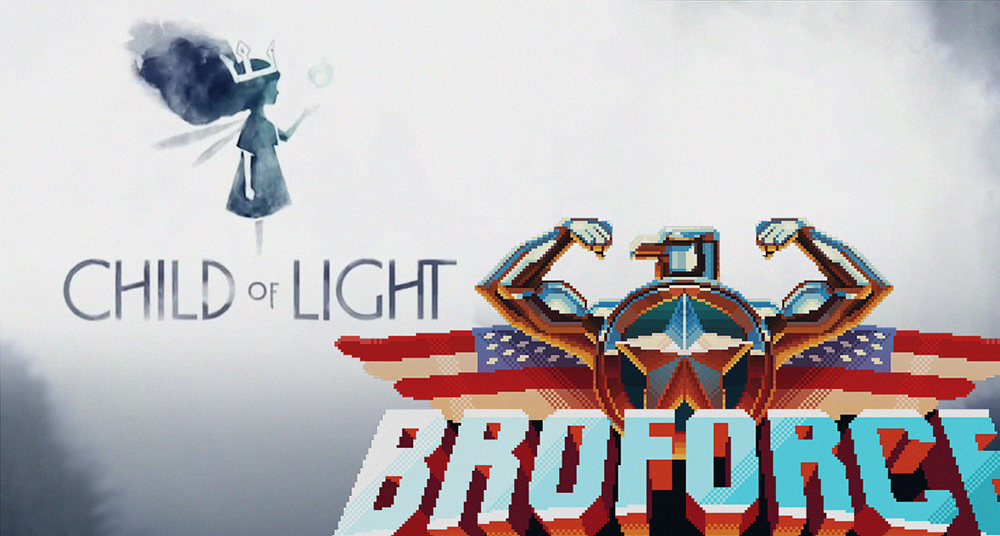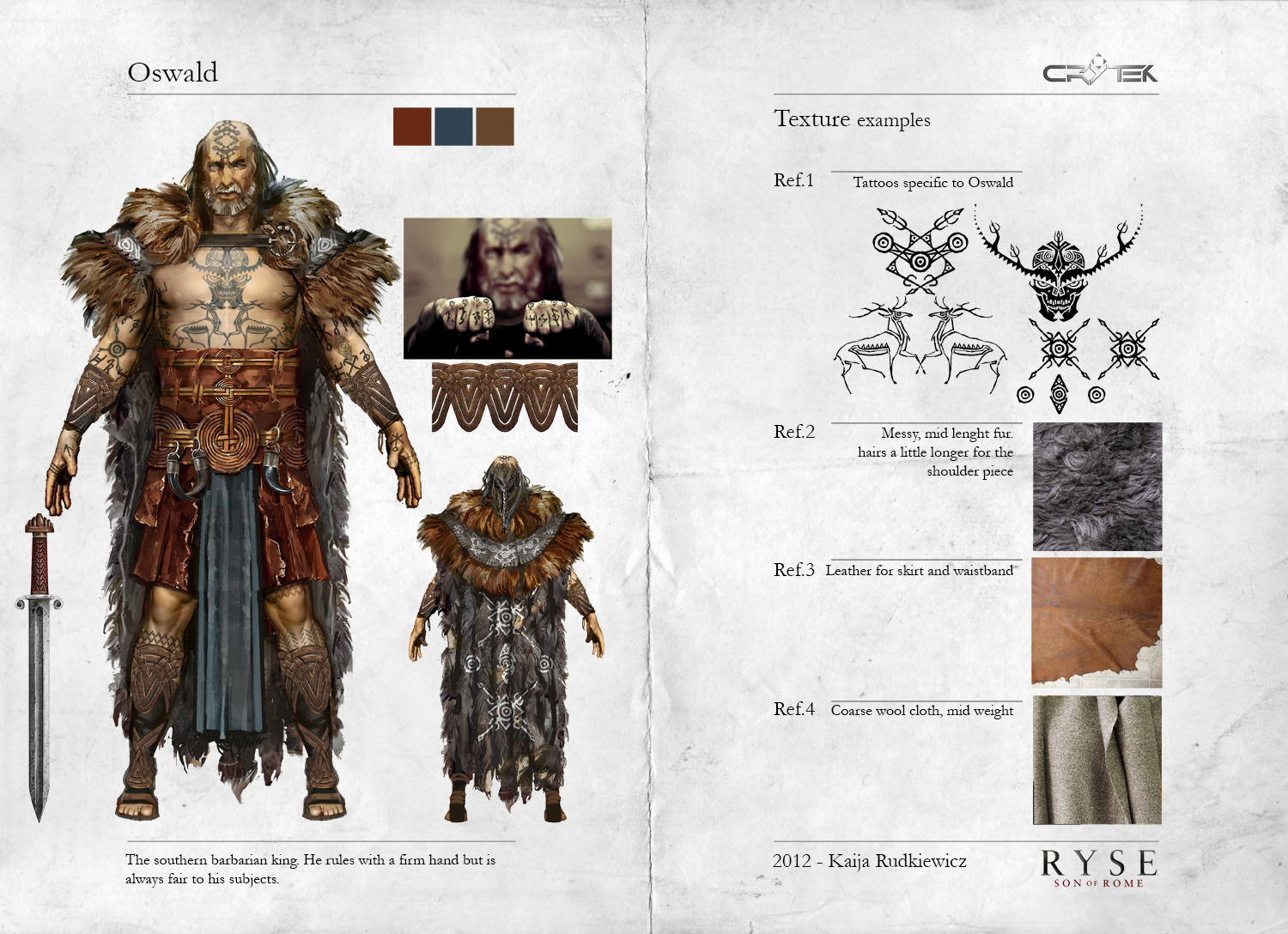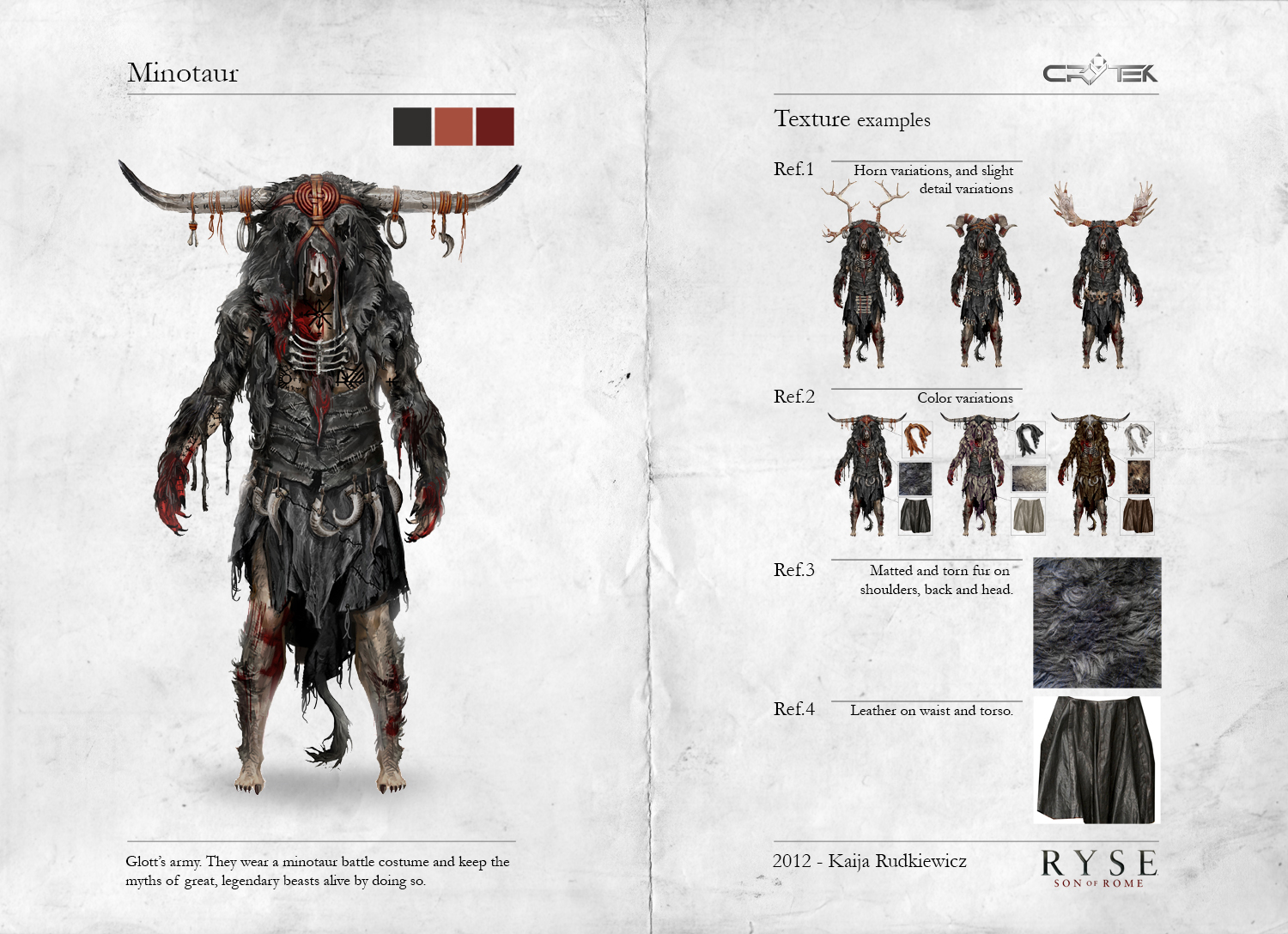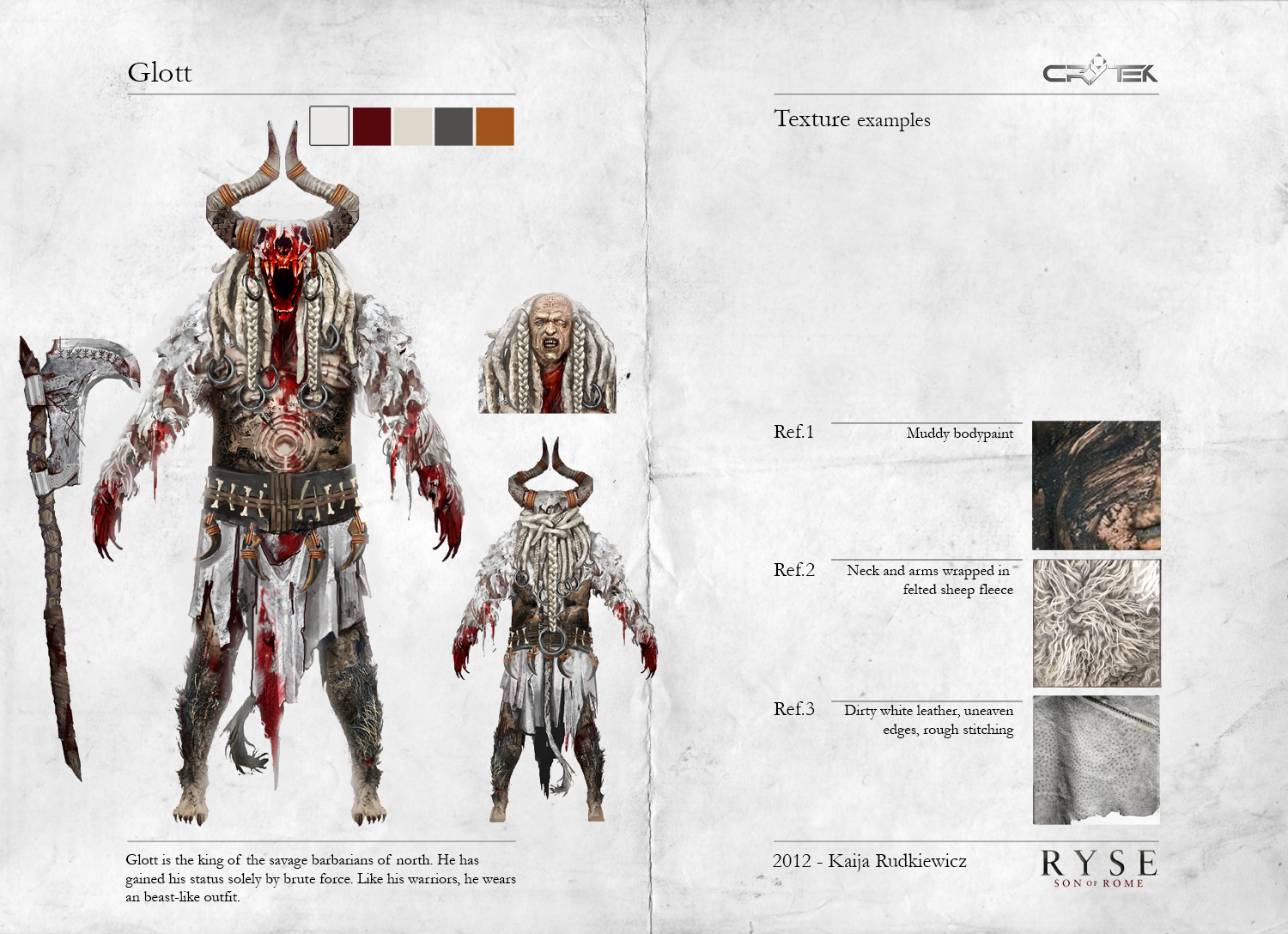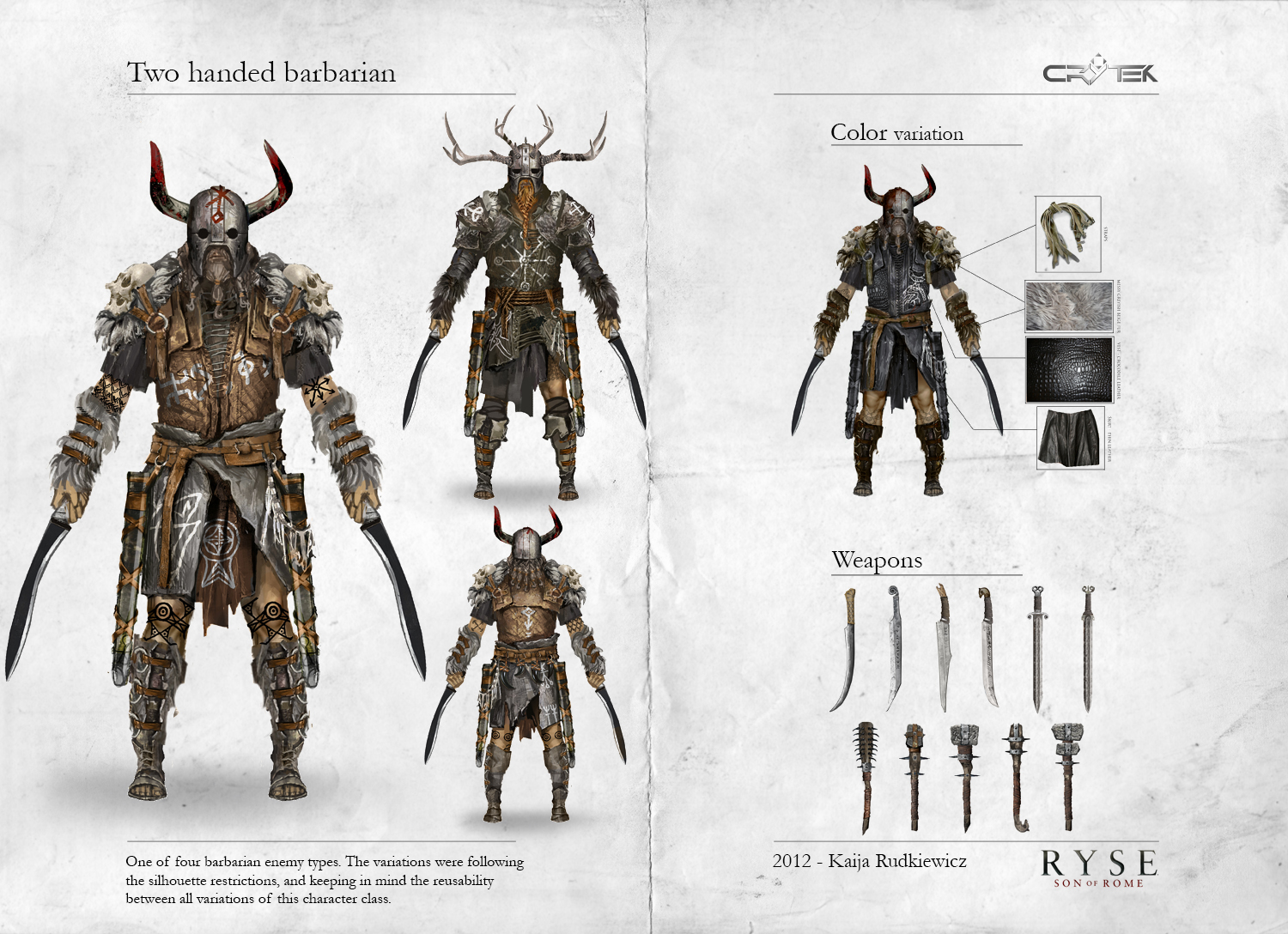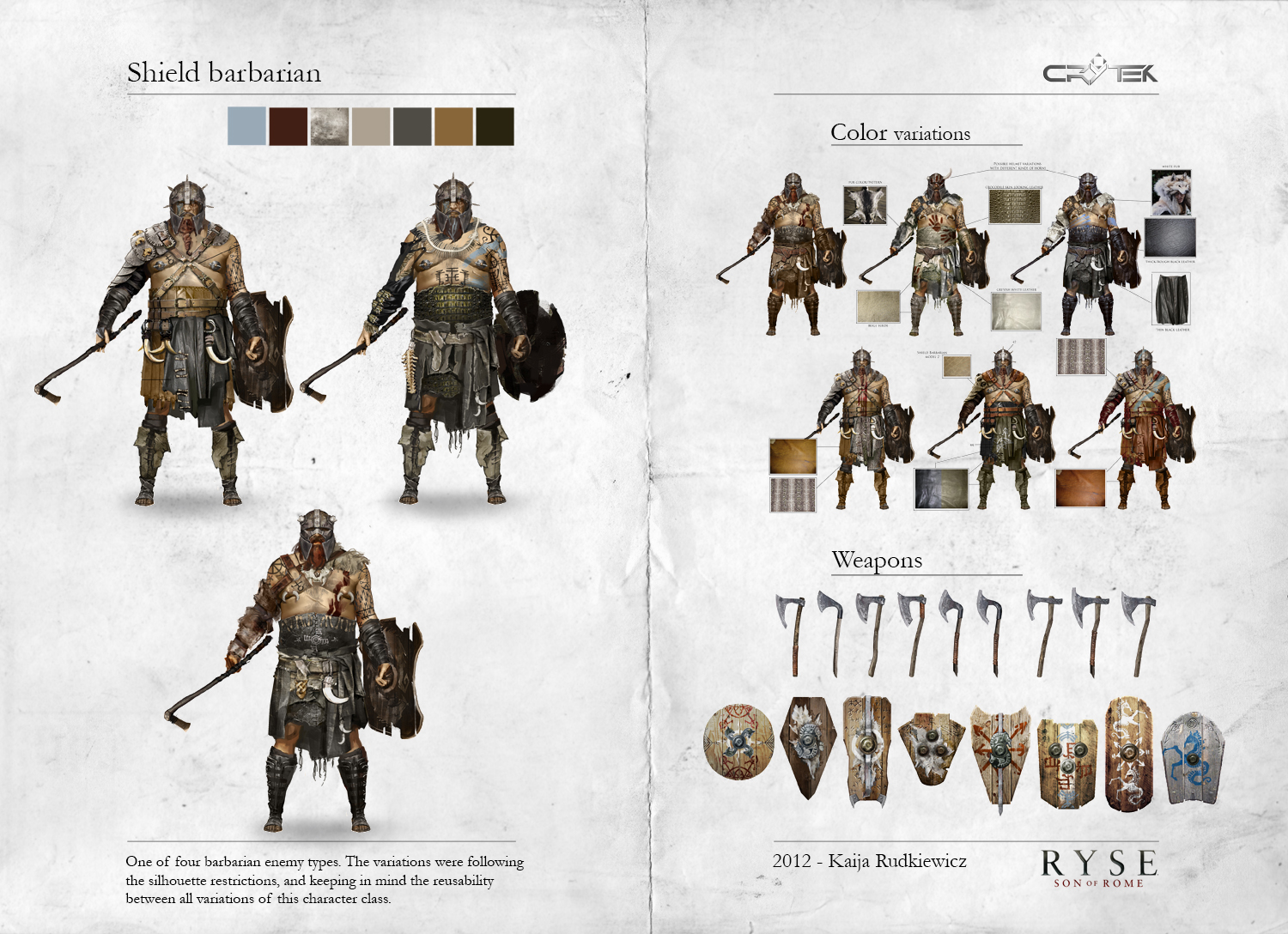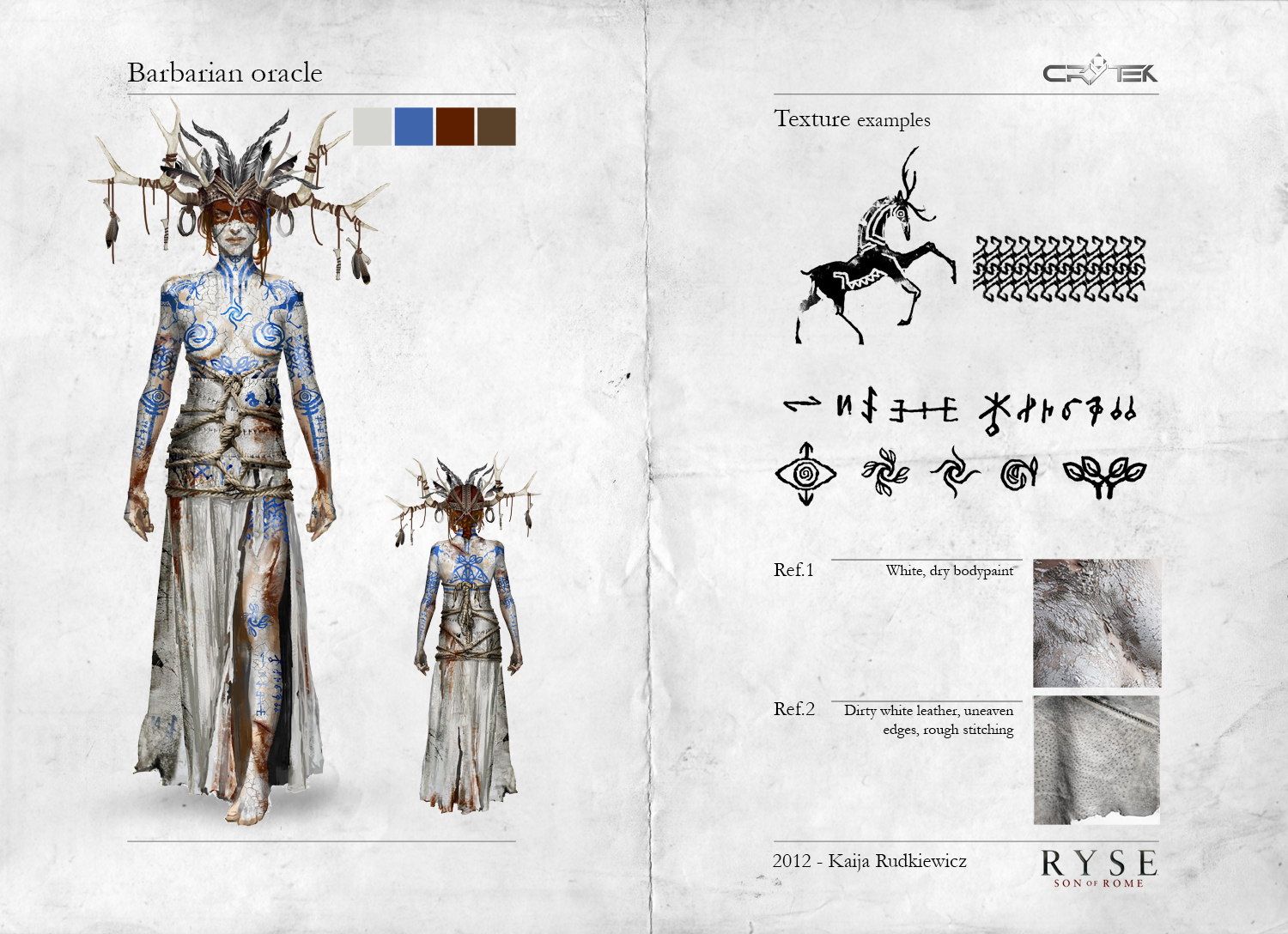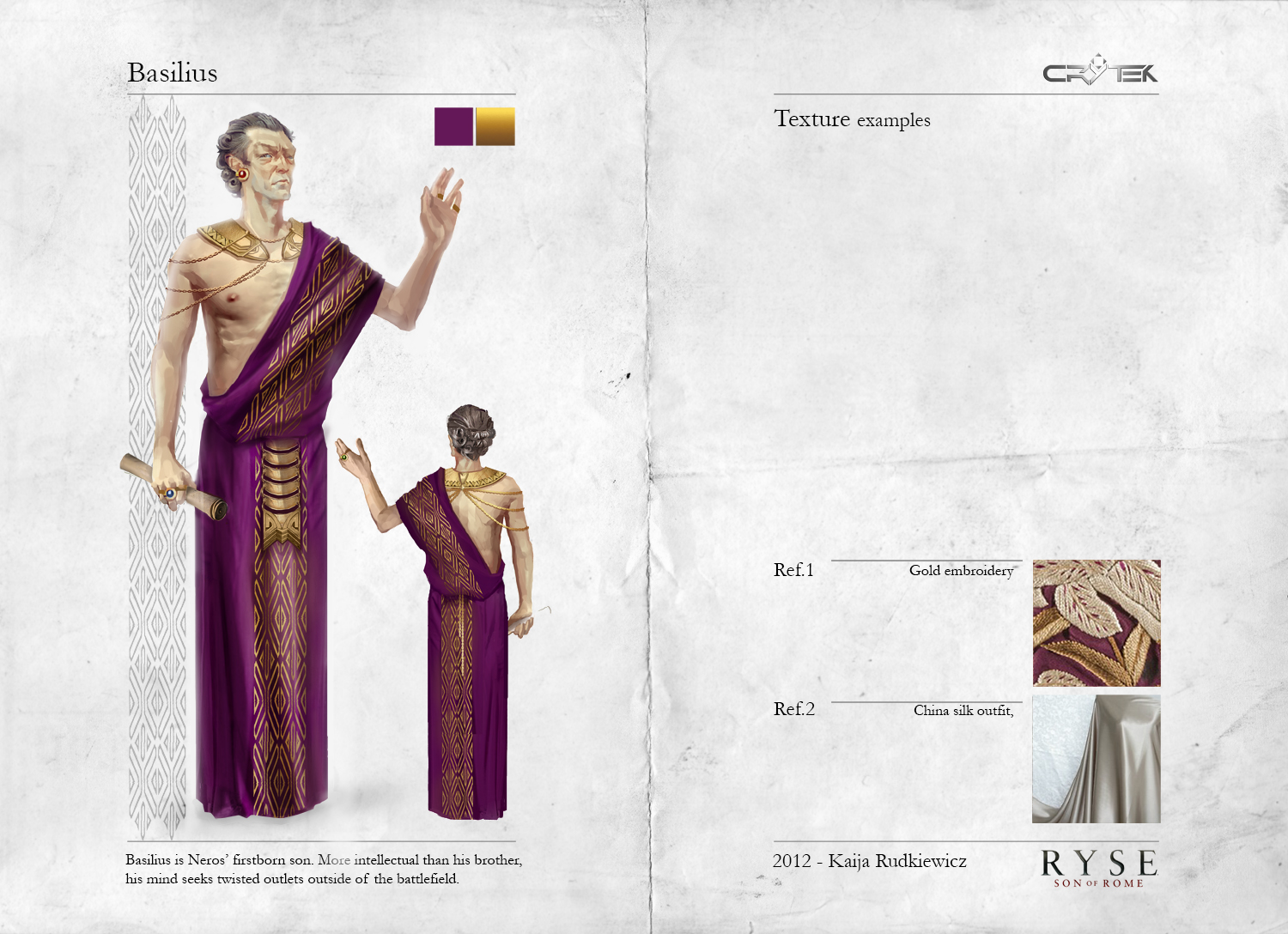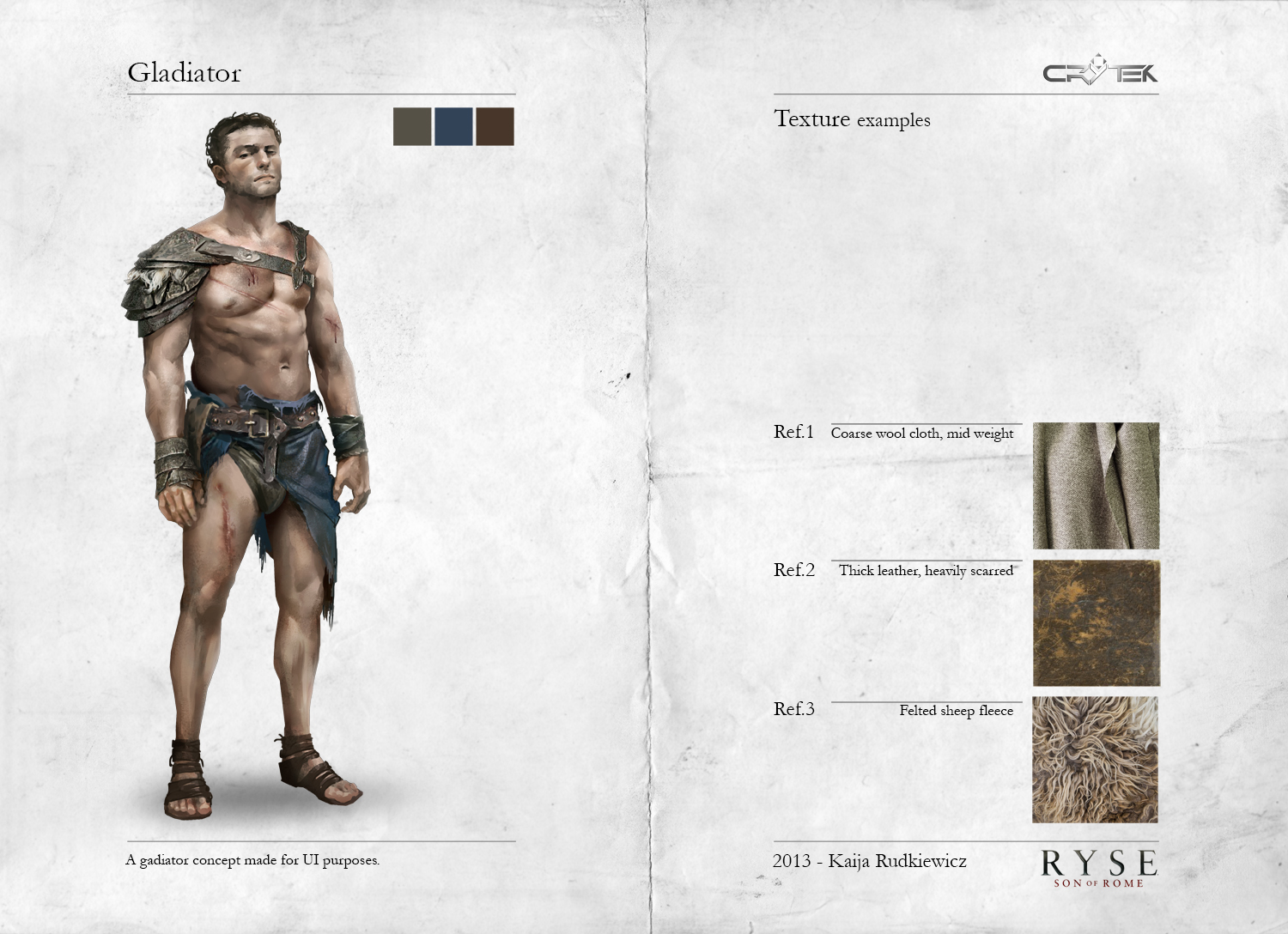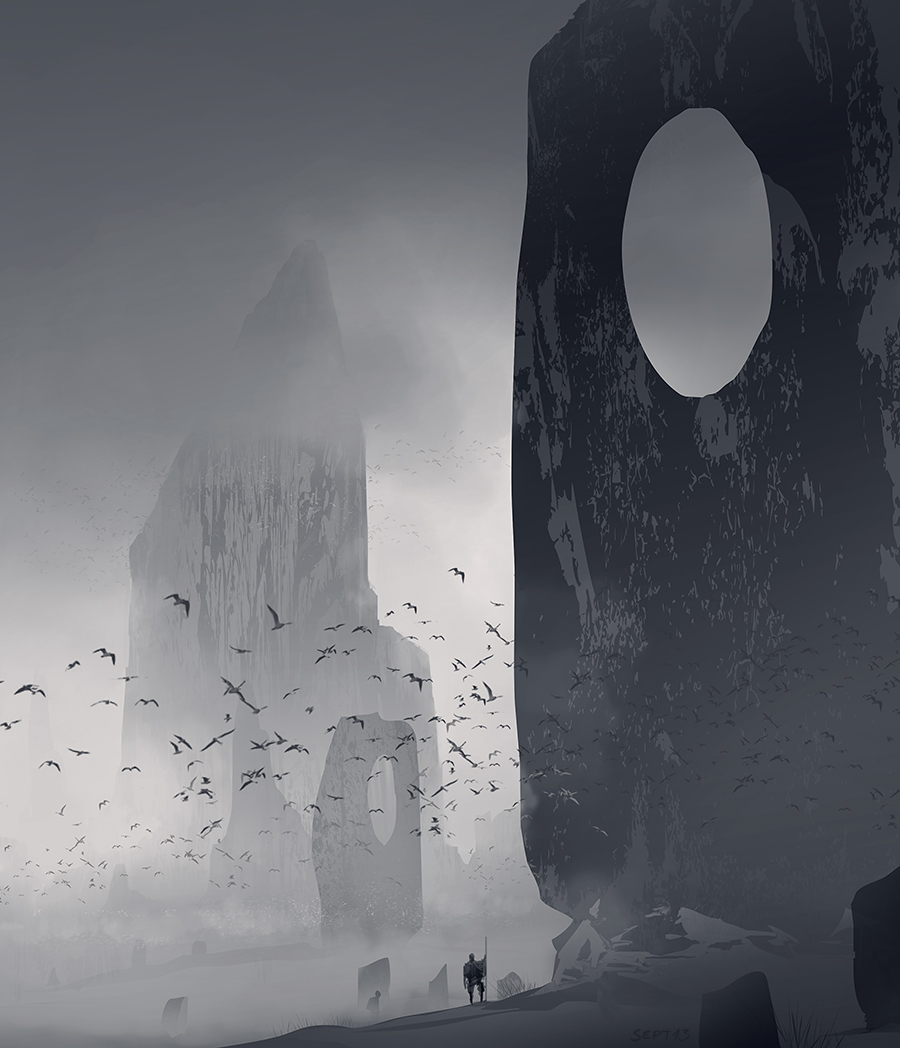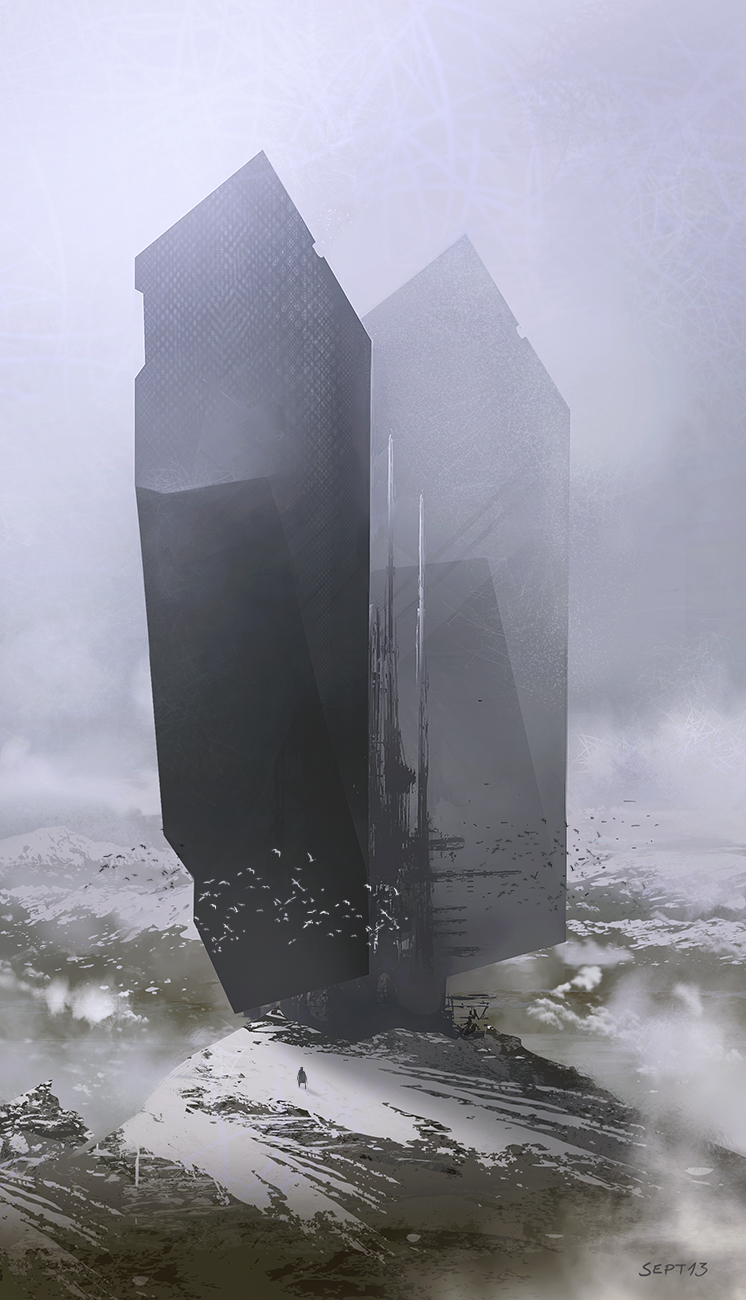
Some time ago we asked our RFR readers if they want to throw some questions our way. There were a few people that stepped up to the task, and now it’s our turn to deliver. A lot of the questions were concept art related, so I’m going to tackle some of those first. Next most popular questions were about making RFR and job hunting, so stay tuned.
Q: I’d be interested to know how much freedom a concept artist has when it comes to determining style?
A: This depends much on the team/project you’re working on and also at which point in the project you join the team.
A game (or a movie) usually consist of a few different phases of development. First off is concept discovery, which is the phase where mostly story and art explore the possibilities of the project. Then follows pre-production, where the whole production team prepares for the coming production by planning their pipelines and tech, and last and also the longest: production which is when the game is actually being made.
If you are working on a project that’s still in concept discovery your job is to take the general guidelines the art director sets for you and explore the shit out of them. You are still going to get tasks, but they’ll be more along these lines: “Our sci-fi story needs a new alien race. We know already that they live on a rocky, barren planet. They have greatly advanced technology on which they depend upon to survive the harsh habitat. They should be somewhat humanoid so players can relate to them easily. Go do as many sketches in a week as possible.” The tasks sound like more like undefined stories than regular briefs. You could say that in pre-production concept artist are helping to explore and define the stories through visuals. The more ideas the better and the more ground we’ll cover.
Now, if you join a project that’s fully in motion with a set art direction, it’s not a concept artist’s job to mess with that. The pre-production is finished and the art direction is narrowed down and defined. You have the freedom to tackle each task the way you see fit, but any ideas you explore need to be in the parameters set for you. Depending on the art director and how the team operates in general you might get anything from very strict briefs to very loose ones.
The concept discovery sounds like a dream period for concept artists, and it is. But after months of throwing ideas at the wall and looking if anything sticks, production time starts sounding equally good. It’s just nice when you know that for the rest of the production every concept you’re making is going to good use.
Q: How are your work projects assigned and designated? Is there a project manager who outlines the brief and deadline?
A: It’s slightly different in each company. In bigger companies there’s usually a manager who schedules our work so we deliver concepts to the next person in line on time. A lot of companies like it when concept artists specialize in one area like environments or characters, and the tasks are (ideally) given out based on each person’s strengths. The briefs come from someone (often a manager) reading through the story and counting and picking out e.g. all the characters that need to be made. That brief would consist of a synopsis of that character and any important details we should be aware of. Same goes for environments and props. It will then go through your art director, who will give it to you and fill you in on what he envisions the end result to be.
As I said, it’s different for different companies, but this is one of the most logical ways I can explain it.
Q: When you first started working, how did you build up your confidence in a new environment? Was there innate confidence or at least a yen to adapt or was there a lengthy adjustment period to find your feet?
A: Sure, it’s always a bit nerveracking to be thrown into a new environment. Looking back at my first job, I can see that the stress of performing well in a new job paled in comparison to the culture shock I got coming to a gaming company.
For me one of the biggest obstacles was that as a non-hardcore-gamer, being among mostly hardcore-gamers I could not keep up with almost any conversations. I heard the words, but no meaning registered in my head. All through the day I was making mental lists of words I kept hearing, and after work had Silver explain them to me. I was close to tears when Silver, for the twentieth time, tried to explain to me how a game engine works.
Nothing I say will make you less stressed going into a new job. Either you are confident and comfortable or you’re not. All I can say, is that it’s the employer’s job to make sure during the hiring process that you can handle your responsibilities and you probably won’t be given any tasks you can’t cope with. You might feel like you fooled your way into a job, but if you’re dealing with professionals they will see what skill level you’re on. And of course everyone understands that all new hires need couple of weeks to settle in, whether they’re veterans or first timers.
Q: Did you experience pros and cons of office politics/cliques?
A: Office politics can be tough. I’m not sure there are any pros to them. The word itself already has a negative connotation. The cons are a bad vibe in the office and a lot of unwanted stress. But as long as you stay out of them and try not to get emotionally involved, I think you and the OP can coexist in peace.
And that’s that for the questions relating to working as a concept artist. If you guys have more questions on this or any other subject, just ask us on twitter, tumblr, facebook or send us an email! That way we’ll gather them and do more QA blog posts for you in the future.
Smiles,
Kaija
You can follow me on twitter @KaijaRudkiewicz
